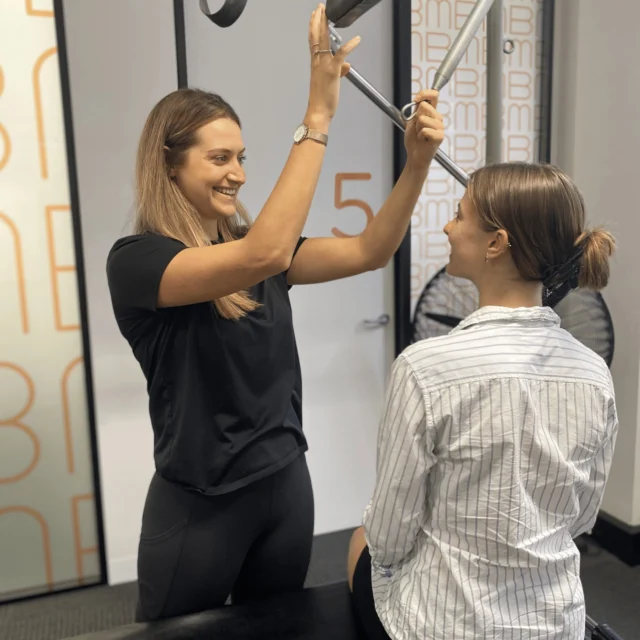What is your pelvic floor?
The pelvic floor is a group of muscles and ligaments in your pelvic region that act as a sling to support the organs in your pelvis. It comprises a collection of tissues that span the opening of the base of the pelvis from the tail bone to the pubic bone and out to the sit bones and groin area. Our breathing muscle (the diaphragm), our lower abdominal muscles (transverse abdominus) and our spinal muscles, all work together to promote strength and stability from the inside out. For this reason, breathwork is often a component of treatment for pelvic floor dysfunction, along with activation of the pelvic floor muscles.
What is pelvic floor dysfunction?
Pelvic floor dysfunction is the inability to control the muscles of your pelvic floor. Coordinated contracting and relaxing of the pelvic floor muscles control bowel and bladder functions – the pelvic floor must relax to allow for urination, bowel movements, and, in women, sexual intercourse. Pelvic floor dysfunction occurs when there is either too much tension on the pelvic floor muscles (high tone) or not enough (low tone) contributing to urinary incontinence, constipation, pain during intercourse or pain in the lower back, pelvic region, genitals or rectum.
Why would I experience pelvic floor dysfunction while exercising?
When we change position, move, breath or contract our abdominals, pressure in the abdomen increases. If pressure from above is too high, or support from below too low, pelvic floor dysfunction like urinary leakage, pelvic organ prolapse, or pelvic pain might occur. If this balancing act is maintained optimally then this is likely to keep you symptom free and certainly reduce the chances of you experiencing pelvic floor dysfunction.
How can I protect my pelvic floor?
A good place to start is by reducing excessive pressure within the core and improving the support from below.
This can be achieved by:
- Reducing excessive downward pressure
- Maintain a healthy BMI
- Stop holding in your stomach – a lot of us are guilty of holding in our stomach but this generates excessive pressure that even the strongest pelvic floor will struggle to support.
- Avoid constipation and straining – Straining generates a lot of pressure
- Breathe!
- Strengthen your pelvic floor – The pelvic floor is just like any other muscle. If you don’t strengthen this group of muscles, then they will struggle to support the demand of the exercise you are carrying out.
Our Women’s Health Physio’s here at Bend + Mend in Sydney CBD are experienced in teaching the right techniques for pelvic floor control.





